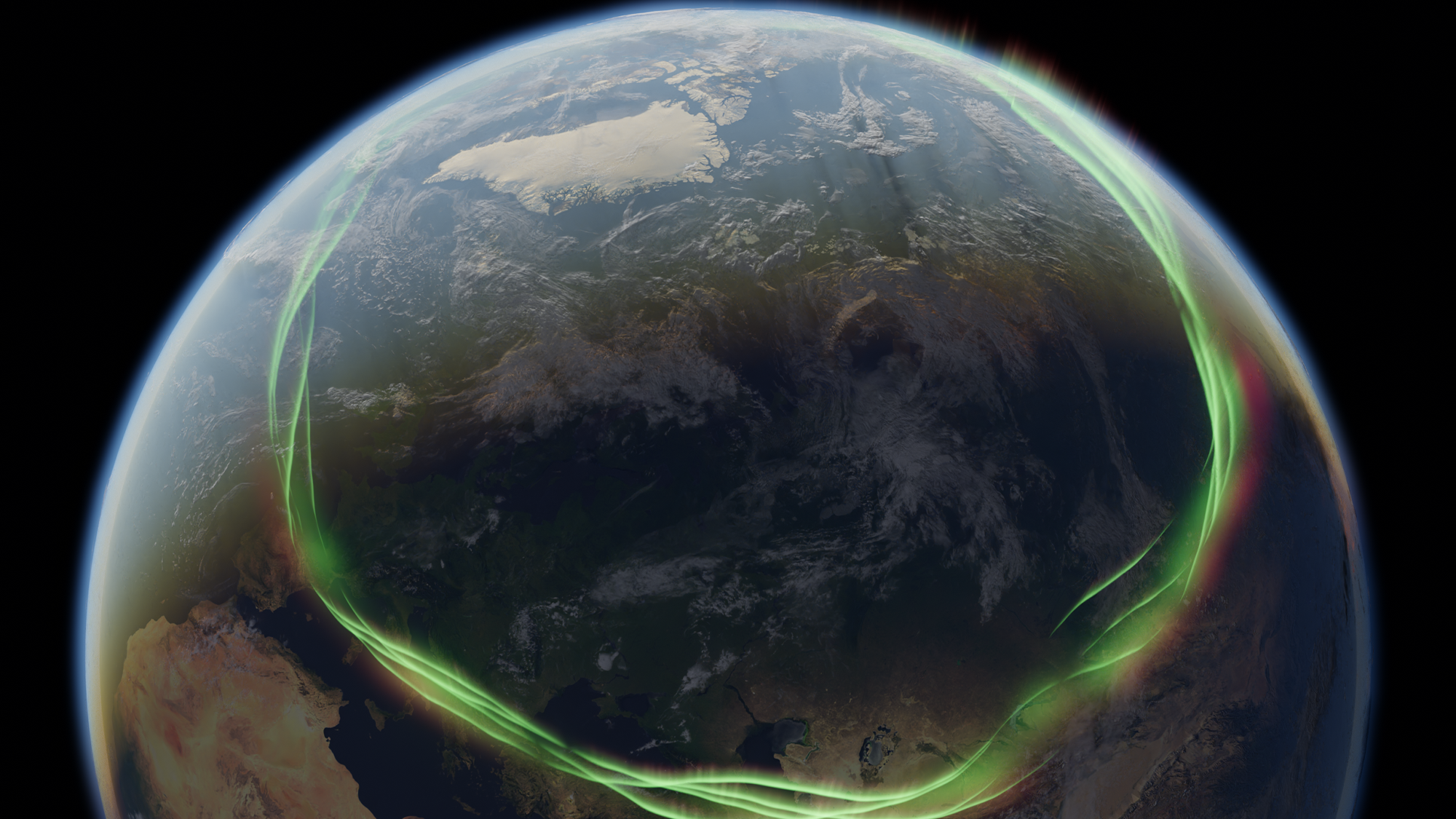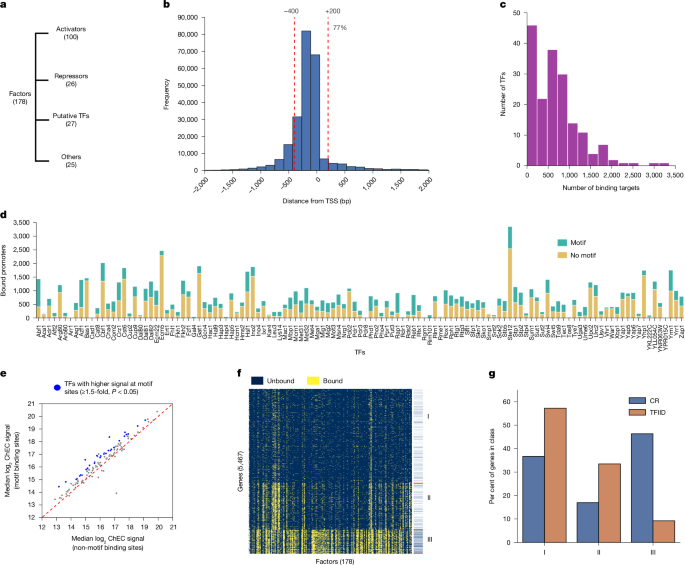
WWW.DISCOVERMAGAZINE.COM
Prehistoric Sunscreen and Clothing May Have Given Homo sapiens an Evolutionary Advantage
Just because Homo sapiens hadn’t yet developed the SPF rating system 41,000 years ago didn’t mean that they were unaware that solar radiation could prove hazardous.H. sapiens applied some form of sunscreen, shielded themselves from UV rays with clothes, and avoided the ravages of the sun by hiding in caves, according to an article in the journal Science Advances. In fact, those strategies may have helped their populations expand throughout Europe and Asia during a time when Neanderthals, who didn’t appear to make these adaptations, were declining."What some of the differences are between these species, between Neanderthals and anatomically modern humans, that might account for that disappearance has been a major anthropological question for decades," Raven Garvey, a University of Michigan anthropologist and an author of the study, said in a press release.Homo sapiens Sun-Fighting StrategiesResearchers found that these sun-fighting strategies roughly coincided with a period when the North Pole moved closer to Europe as the Earth’s magnetic field’s poles started to move — a process that has happened an estimated 180 times during the Earth’s existence. That process weakened the magnetic field, caused auroras to occur throughout most of the globe, and allowed more UV light through the atmosphere. Meanwhile, archaeological evidence shows that, during this time period, H. sapiens started sewing clothing and rubbing ochre, a sun-blocking mineral, on their skin. Living in caves then also provided some protection."In the study, we combined all of the regions where the magnetic field would not have been connected, allowing cosmic radiation, or any kind of energetic particles from the sun, to seep all the way in to the ground," Agnit Mukhopadhyayan, an author of the paper, and a University of Michigan researcher, said in a press release. "We found that many of those regions actually match pretty closely with early human activity from 41,000 years ago, specifically an increase in the use of caves and an increase in the use of prehistoric sunscreen."Earth's Magnetic FieldMukhopadhyay tapped into existing models and constructed his own to reach this conclusion. He first built a simulation of how the Earth's magnetic field, created by its rotation, extends a protective halo around the globe. That halo shields Earth from cosmic radiation — which thins the planet’s ozone layer, thereby allowing more UV light in. Next, he examined how the hot gases and charged particles the sun throws at the Earth, act as a plasma system. Mukhopadhyay then developed a model that predicts how this system interacts with Earth's magnetic field.This magnetic field drives aurora formation, which is why we typically only see auroras near the North and South poles, because that’s where the magnetic pull is strongest. However, sometimes the poles wander — with the most recent such event occurring about 41,000 years ago.Atmospheric Impact on H. sapiensMukhopadhyay, working with Sanja Panovska, a researcher at Germany's GFZ Helmholtz Centre for Geosciences essentially folded three models from that time period into one: Earth’s geomagnetic field, the space plasma field surrounding it, and aurora activity. This combination produced a 3D picture that illustrated where charged particles could most easily sneak through the planet’s geomagnetic field.The model showed that, when the poles were shifting 41,000 years ago, Earth’s magnetic field shrunk to about 10 percent of its current strength. The poles sagged toward the equator, the magnetic field expanded, and auroras would have been visible throughout Europe and Northern Africa.The researchers then superimposed this combination 3D map of Earth's atmospheric and electromagnetic systems upon the globe and noted where both H. sapiens and Neanderthals had lived. The two groups of early and modern humans co-existed in Europe starting about 56,000 years ago. About 16,000 years later, Neanderthals were no longer dominant in Europe.Prehistoric Sunscreen and ClothingTailored clothing may have helped. Archaeologists have found needles and awls — tools associated with sewing — at H. sapiens sites, but not among Neanderthal digs. Tailored clothing not only kept people warm when they ventured from their caves, which allowed them to hunt for longer times and greater distances from their homes. It also protected them from UV rays. Whether or not this was intentional may be a moot point, because "tailored clothing could have also provided another unintended benefit — protection from sun damage," said Garvey in the release. "Having protection against solar radiation would also have conferred significant advantage to anyone who possessed it." There is also evidence that H. sapiens used ochre, a pigment made up of iron oxide, clay, not just to paint objects, but to protect their bodies from UV radiation."There have been some experimental tests that show it has sunscreen-like properties. It's a pretty effective sunscreen, and there are also ethnographic populations that have used it primarily for that purpose," Garvey said.Article SourcesOur writers at Discovermagazine.com use peer-reviewed studies and high-quality sources for our articles, and our editors review for scientific accuracy and editorial standards. Review the sources used below for this article:Science Advances. Wandering of the Auroral Oval 41,000 Years AgoBefore joining Discover Magazine, Paul Smaglik spent over 20 years as a science journalist, specializing in U.S. life science policy and global scientific career issues. He began his career in newspapers, but switched to scientific magazines. His work has appeared in publications including Science News, Science, Nature, and Scientific American.
0 Σχόλια
0 Μοιράστηκε
66 Views












